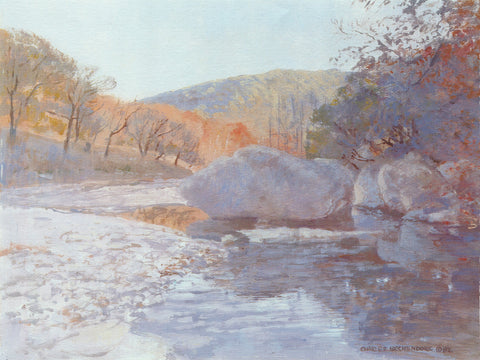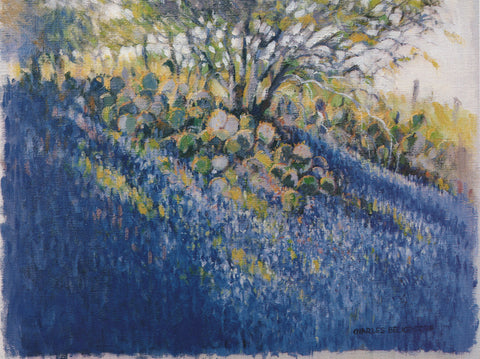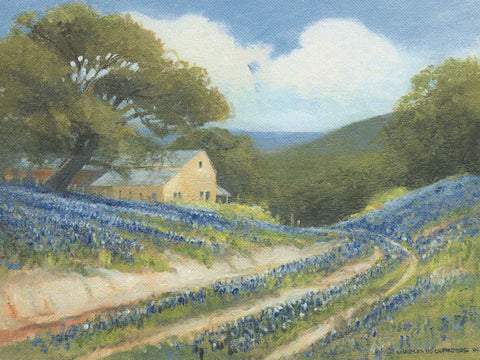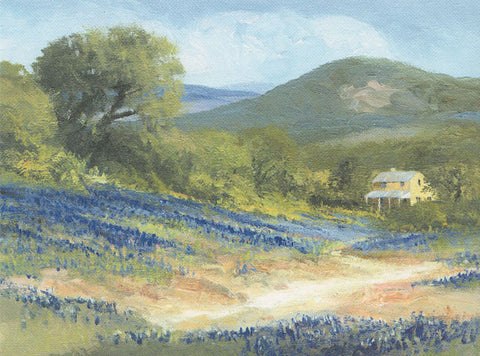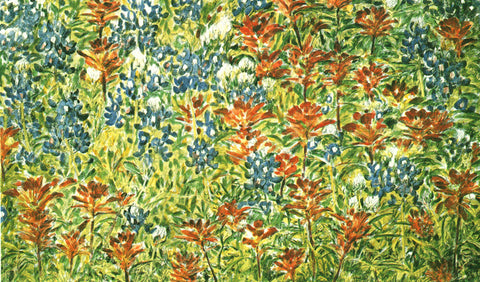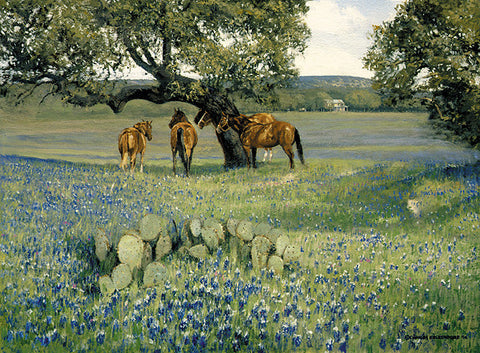
A Texas Spring
Color Reproduction | By Charles Beckendorf
Additional Information
"A Texas Spring" is a common spring scene in Central Texas. Charles often joked "horses are just like most of the people I know, if they could get away with standing around in the shade doing nothing all day they would." The original painting was done in acrylic on canvas and finished in early 1994.
The original was then reproduced on the finest quality paper in a limited edition of only 500. A Beckendorf family member then expects the print and numbers each print by hand. The image size is a medium 16 x 21 that frames out to appox. 25 x 30 . There are less than 340 prints left in this edition.
This is a part of the Texas Wildlife Art Prints and Texas Bluebonnet Art Prints Collection.
Color Reproduction
"A Texas Spring" is a common spring scene in Central Texas. Charles often joked "horses are just like most of the people I know, if they could get away with standing around in the shade doing nothing all day they would." The original painting was done in acrylic on canvas and finished in early 1994.
The original was then reproduced on the finest quality paper in a limited edition of only 500. A Beckendorf family member then expects the print and numbers each print by hand. The image size is a medium 16 x 21 that frames out to appox. 25 x 30 . There are less than 340 prints left in this edition.
This is a part of the Texas Wildlife Art Prints and Texas Bluebonnet Art Prints Collection.
Beckendorf color reproductions are developed using four color process printing on fine white paper. This advanced technique utilizes separate color plates for each of the primary colors, plus black. High-resolution digital scans and special process inks are utilized to yield beautiful, accurate reproductions.
About the Artist - Charles Beckendorf
Charles grew up in Mathis, Texas, where he had the opportunity to spend hours on large ranches. Generous land owners gave him permission to wander freely over their ranches and he observed creatures in their natural surroundings. He developed a lifelong love of nature, whether it be in the tiniest of flowers or the largest of animals. It was at this time that he became a true naturalist.
We Also Recommend
REVIEWS

